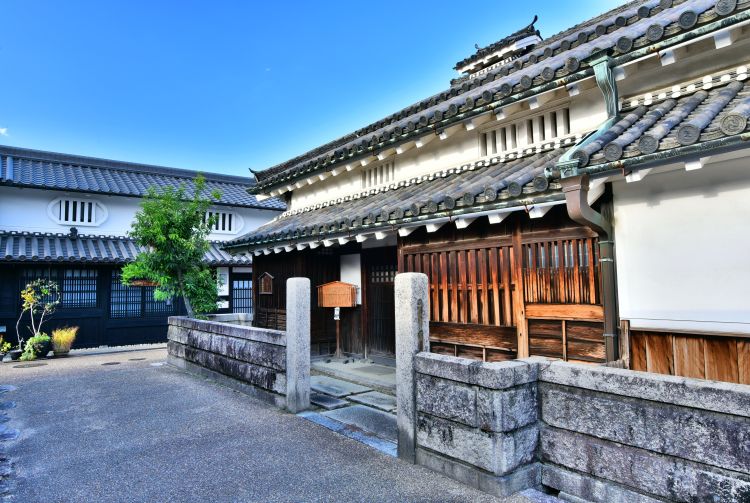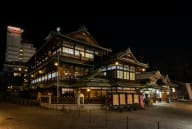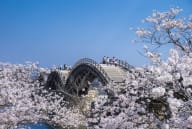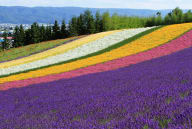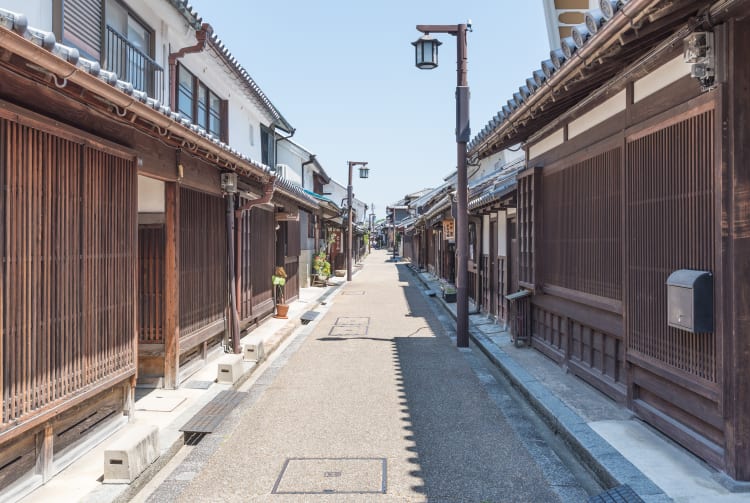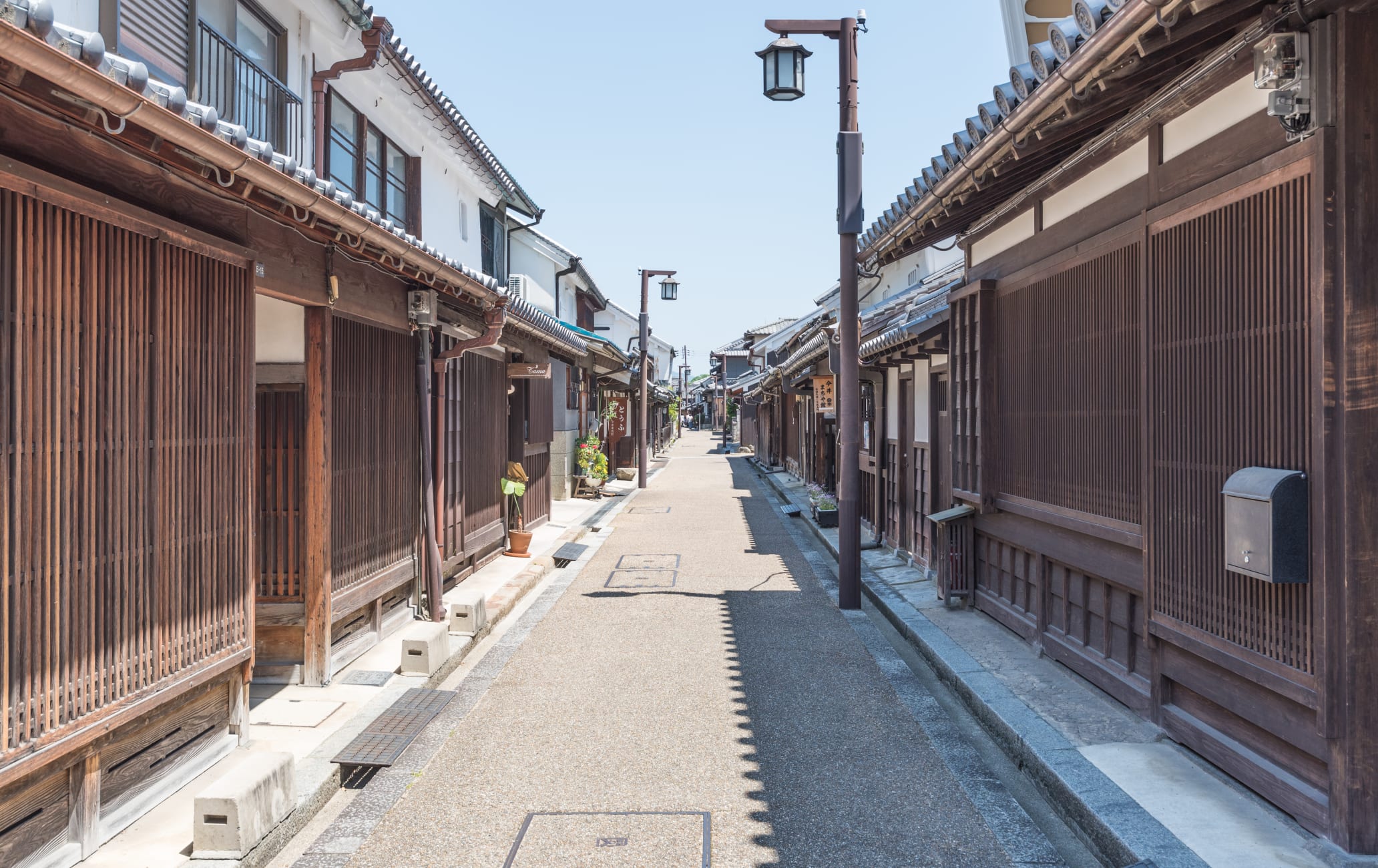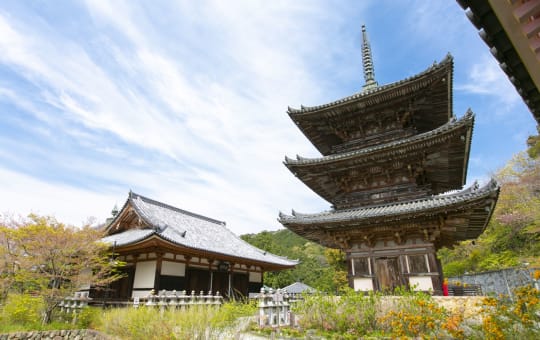Le plus grand paysage urbain conservé du Japon
Imaicho compte plus de 500 maisons et magasins de style ancien, ce qui en fait le plus grand quartier de préservation pour ses ensembles de bâtiments traditionnels du Japon. La plupart de ces bâtiments originaux datent de l'époque d'Edo (1603-1867).
Ce quartier est tellement authentique qu'il est souvent utilisé comme lieu de tournage pour des séries télé d'époque. Les lignes électriques très communes dans les rues des villes japonaises ont été enterrées dans la plus grande partie de la région pour renforcer son caractère ancien.

À ne pas manquer
- L'ancienne résidence Kometani, une ancienne quincaillerie et magasin de produits fertilisants
- Le Imai Machiya Center, une maison de ville traditionnelle
- Kawai Residence, une brasserie toujours en activité
- Murasakinagaya, une maison de ville convertie en magasins
Comment s'y rendre
Imaicho est facilement accessible en train depuis Nara .
Au départ de la gare de Kintetsu Nara, prenez le train jusqu'à la gare de Yamato-Saidaiji puis changez pour prendre le train à destination de Kashihara-jingu-mae. Descendez à la gare Kintetsu de Yagi-Nishiguchi. Imaicho se trouve à 5 minutes à pied. Le trajet total dure environ 30 minutes.


Des origines lointaines
Cette ville fut fondée bien avant l'époque d'Edo. Elle a été créée en tant que ville de temples au XVIe siècle.
Elle fut fortifiée à l'aide de douves et de nombreuses portes suite à de violentes disputes à l'époque entre les prêtres en chef des temples. Il ne reste à présent qu'une seule douve. La ville fut reconstruite pendant l'époque d'Edo par de riches marchands qui conçurent et habitèrent de nombreux bâtiments encore debout de nos jours.
Votre premier arrêt avant de partir faire du shopping
Le centre d'informations d'Imaicho, également appelé Hanairaka, est à la fois un centre d'accueil touristique et un musée. Il est situé à l'extrémité sud de la rue principale. Vous pouvez y récupérer des cartes ainsi que des informations. Vous aurez également l'occasion de consulter des livres, des vidéos et des affichages pour vous instruire sur l'histoire du quartier. C'est un point de départ idéal avant de partir en exploration dans la ville.
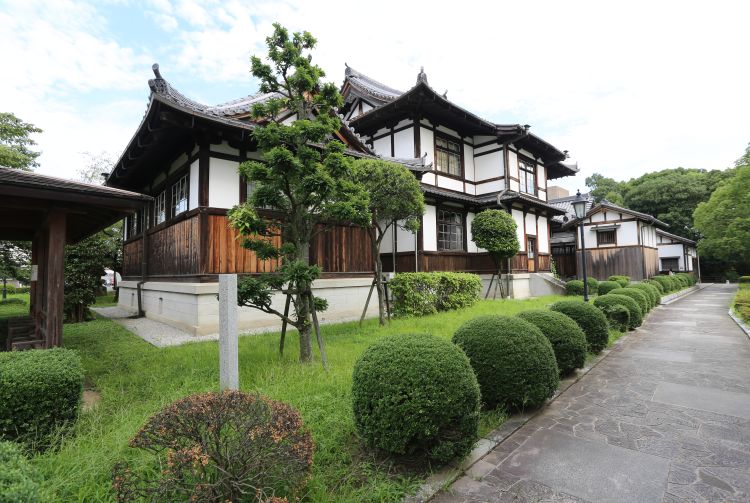
Ces bâtiments en bois abritent toujours de nombreux magasins et commerces. Achetez du saké ou de la sauce soja auprès de brasseries traditionnelles pour rapporter un peu du goût du Japon chez vous. Les cafés locaux, situés dans des bâtiments traditionnels ou modernes, sont parfaits pour faire une pause, contempler la rue et profiter au maximum de l'ambiance.


Découvrez un aperçu de la vie d'antan
Certaines maisons sont privées, mais d'autres sont ouvertes au public. Chaque maison ouverte au public dispose de ses propres horaires d'ouverture et l'entrée peut être gratuite ou coûter plusieurs centaines de yens. Renseignez-vous à Hanairaka.
Des maisons d'intérêt
La plus vieille maison est celle de la famille Imanishi. Elle fut construite vers 1650 et présente des murs de plâtre blanc qui la font ressembler à un petit château. La deuxième plus vieille maison appartient à la famille Ueda, une famille de brasseurs prospères. La visite de ces deux maisons doit être réservée à l'avance.
Une autre maison d'intérêt est celle de la famille Toyoda qui exploitait une scierie. Cela explique le symbole sur le mur extérieur qui signifie « arbre » en japonais. Elle fut construite en 1662.
Événements spéciaux et saisonniers
La procession du thé se déroule tous les troisièmes dimanches de mai. Les participants revêtent des costumes traditionnels et défilent dans les rues. Un marché aux puces a lieu le même jour.
Une cérémonie d'illumination qui a lieu en août crée une ambiance d'antan romantique à l'aide de lanternes de papier flottantes.
Prévoyez de passer au moins deux heures à vous promener dans Imaicho et photographier son ancienne architecture. Il vous faudra plus longtemps si vous souhaitez vous détendre et faire une pause-café.
